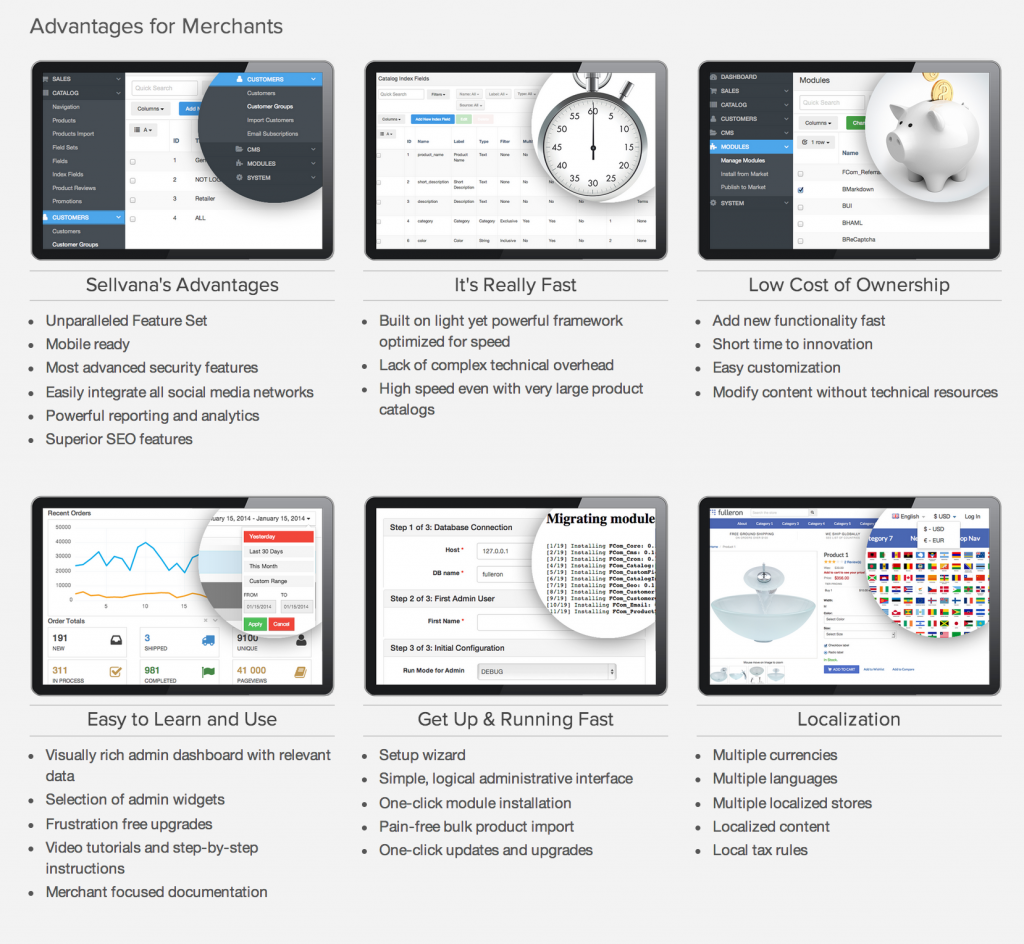Best Magento Development Companies – the most reliable sources to improve or build your Magento store
 In this post you can find information about the best Magento extensions developmend studios. There are a lot of different companies specialised in Magento development. Some of them produce free products, another – paid. The quality and the purpose of their modules also differ. For every company we did a short review, based on information from the web. Few best extensions are also included.
In this post you can find information about the best Magento extensions developmend studios. There are a lot of different companies specialised in Magento development. Some of them produce free products, another – paid. The quality and the purpose of their modules also differ. For every company we did a short review, based on information from the web. Few best extensions are also included.

 The first business-oriented certification program by Magento was announced! This great event took place at Imagine Conference, and now everyone can try his or her best in The . Being a Magento Certified Solution Specialist (MCSS) gives you a status of an expert user of Magento platform. This also means that you can reach different business goals with Magento, optimize it and avoid unnecessary problems. Your MCSS status will always speak for itself. As a result you will increase your value and income, gain additional knowledge and get the right to use Magento Certification logo on your Resume or CV.
The first business-oriented certification program by Magento was announced! This great event took place at Imagine Conference, and now everyone can try his or her best in The . Being a Magento Certified Solution Specialist (MCSS) gives you a status of an expert user of Magento platform. This also means that you can reach different business goals with Magento, optimize it and avoid unnecessary problems. Your MCSS status will always speak for itself. As a result you will increase your value and income, gain additional knowledge and get the right to use Magento Certification logo on your Resume or CV.

 PrestaShop is a free and open source solution for e-commerce stores. Among its supported payment gateways are DirecPay, Authorize.Net, Google Checkout, Skrill and, of course, PayPal. The system contains over 250 features and more than 1000 add-ons for different areas of activity. The main features of PrestaShop are:
PrestaShop is a free and open source solution for e-commerce stores. Among its supported payment gateways are DirecPay, Authorize.Net, Google Checkout, Skrill and, of course, PayPal. The system contains over 250 features and more than 1000 add-ons for different areas of activity. The main features of PrestaShop are: UPD (16.04.2014): A brand new marketplace is coming soon
UPD (16.04.2014): A brand new marketplace is coming soon

